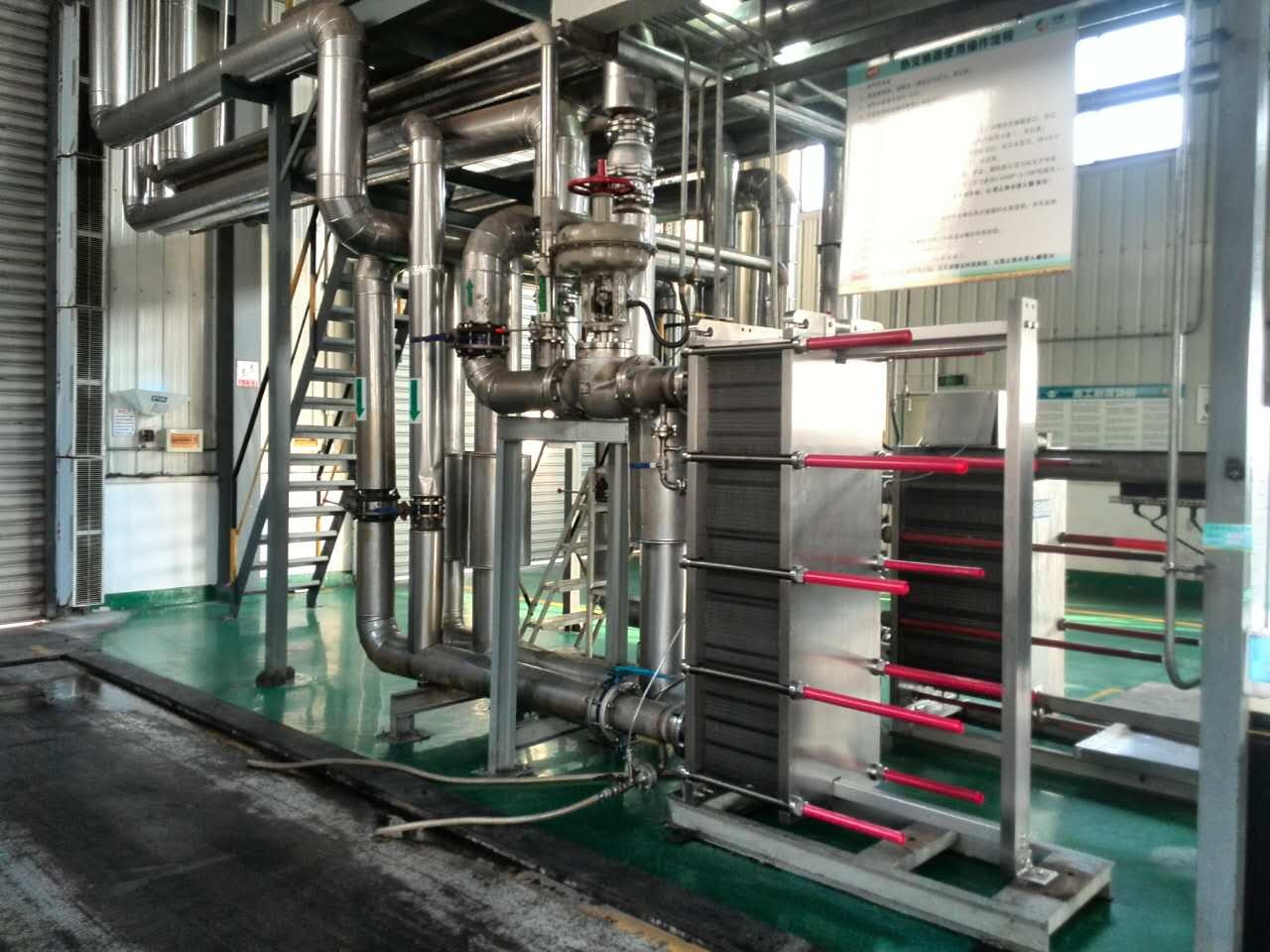5 key roles of plate heat exchanger gaskets.
Plate heat exchanger gaskets perform 5 key roles: ...
More
A direct air exchanger, also known as a heat recovery ventilator (HRV) or energy recovery ventilator (ERV), is a mechanical ventilation system designed to improve indoor air quality while maintaining energy efficiency. It works by exchanging stale indoor air with fresh outdoor air, transferring heat and moisture between the two streams to minimize energy loss. Unlike traditional ventilation systems, direct air exchangers ensure a continuous supply of fresh air without compromising thermal comfort. These systems are widely used in residential, commercial, and industrial settings to reduce pollutants, allergens, and excess humidity, creating a healthier living or working environment.
The technology behind direct air exchangers involves a heat exchanger core, where incoming and outgoing air streams pass each other without mixing. In colder climates, the system recovers heat from the exhaust air to warm the incoming fresh air, reducing heating costs. In warmer regions, it can cool incoming air by transferring heat to the outgoing stream. Modern units often include filters to trap dust, pollen, and other airborne particles, further enhancing air quality. With growing awareness of indoor air pollution and energy conservation, direct air exchangers have become a popular solution for sustainable building design.
Direct air exchangers offer numerous benefits, making them a smart investment for homeowners and businesses alike. One of the primary advantages is improved indoor air quality, as these systems continuously remove contaminants such as volatile organic compounds (VOCs), carbon dioxide, and excess moisture. This is particularly beneficial for individuals with allergies or respiratory conditions. Additionally, direct air exchangers help regulate humidity levels, preventing mold growth and structural damage caused by dampness.
Energy efficiency is another significant advantage, as these systems recover up to 80% of the heat from exhaust air, reducing the load on heating and cooling systems. This translates to lower utility bills and a smaller carbon footprint. Studies show that buildings with HRVs or ERVs can achieve energy savings of 20-40% compared to conventional ventilation methods. Furthermore, direct air exchangers operate quietly and require minimal maintenance, with most units only needing periodic filter changes. Their durability and long lifespan make them a cost-effective solution for maintaining a comfortable and healthy indoor environment year-round.
Select the most popular foreign trade service products to meet your diverse needs
Learn more about the dynamics and professional knowledge of the foreign trade industry

Plate heat exchanger gaskets perform 5 key roles: ...
More
A gasket in heat exchanger seals surfaces, blocks ...
MoreAPI 662 defines standards for plate heat exchanger...
More
You can see clear differences between welded block...
More
Ignoring a fouled heat exchanger causes high energ...
More
Plate heat exchangers deliver high thermal efficie...
MoreSelect the most popular foreign trade service products to meet your diverse needs
Explore more content related to foreign trade services

User Comments
Service Experience Sharing from Real Customers
Emily Johnson
HVAC EngineerThe direct air exchanger is incredibly efficient and has significantly improved our indoor air quality. Highly recommend!
Michael Chen
Facility ManagerThis direct air exchanger is easy to install and maintain. It works perfectly for our office building.
Sarah Williams
HomeownerI love how quiet and effective this direct air exchanger is. It's made a huge difference in our home's air circulation.
David Rodriguez
Industrial EngineerThe direct air exchanger performs well in our factory setting, reducing contaminants and improving airflow.